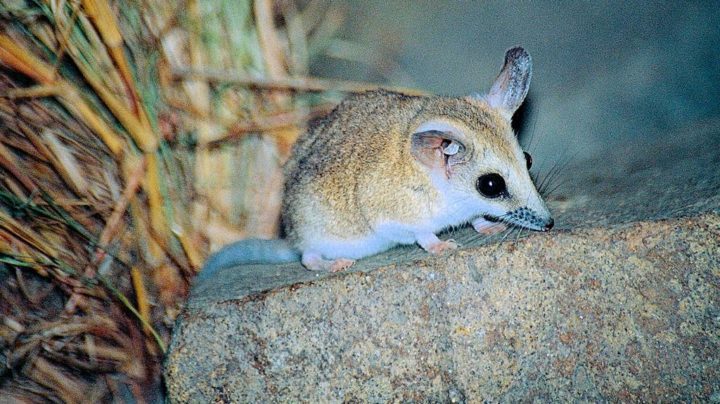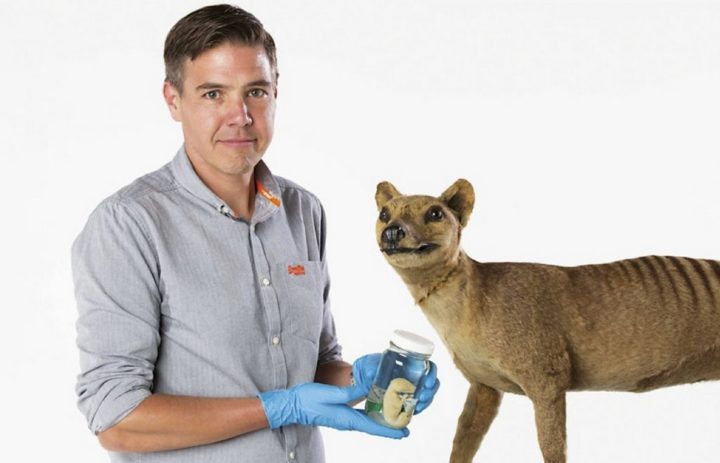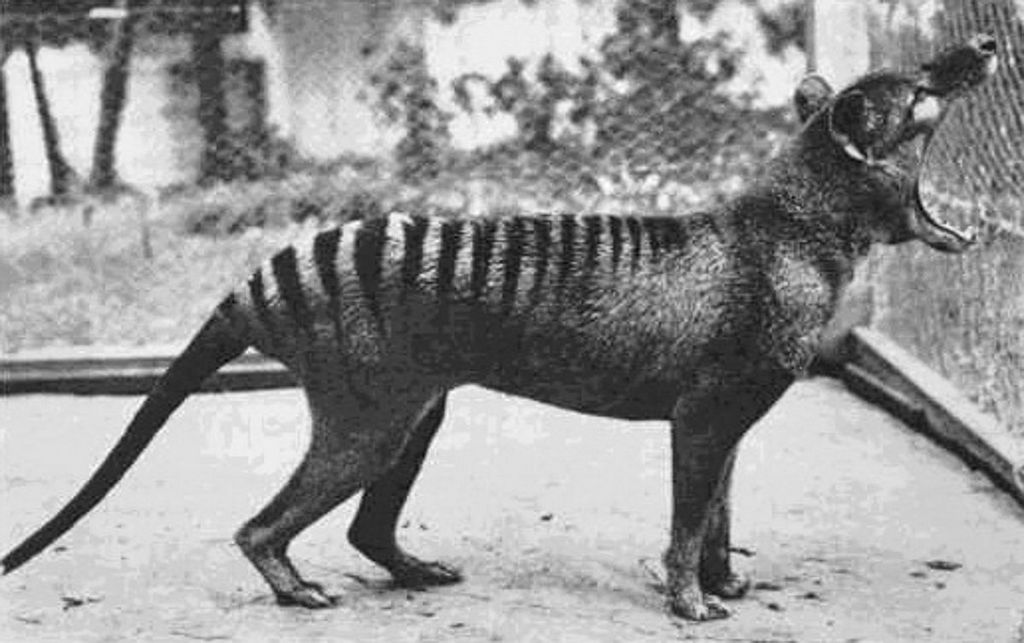Advances in science and technology, along with core business of nature conservation, may play a major role in preventing the extinction of endangered species and there is evidence in the nature of their efficacy. We have in Portugal the well-known case of the Iberian lynx, which, despite the challenges, is experiencing a growth in its population every year.
But when we talk about animals that are already extinct? An ambitious project aims to return the Tasmanian tiger, which has been extinct since 1936, to the world.
In 1936, the last Tasmanian tiger died at the Hobart Zoo in Tasmania. The animal could have lived about 2,000 years ago all over the planet, however, its colony was limited to the island of Tasmania, near Australia, where this carnivorous animal played a major role in the ecosystem. However, the danger to humans caused its extinction, along with many others around the world.
Science and technology want to revive the extinct Tasmanian tiger
With all the advances in science and technology, an ambitious project is now being undertaken that aims to use the genetic data of this marsupial to recreate the species.
According to the team leading the project at the University of Melbourne, the idea is to use the DNA of the animal that is genetically closest to the Tasmanian tiger, to genetically modify its cells, to reach the closest tiger in Tasmania.
The animal of choice is the thick-tailed dunnart, a small carnivorous marsupial, originally from Australia, which can reach a length of 9 centimeters.

Thick-tailed denart
With all the technologies developed, it will be possible to modify a hive of a small dunnart, even to come up with something similar to a Tasmanian tiger. then according to Andrew Paskthe project leader, it will be possible to proceed with the multiple reproduction of the same cell, and finally reach the possible emergence of the species.
Our ultimate goal with this technology is to bring this species back to nature, where it has played a very essential role in the ecosystem.

Andrew Pask, University of Melbourne Professor and Research Project Leader
Although dunnarts are much smaller than the Tasmanian tigers that existed before, Andrew Pask repeats that marsupials give birth to very small babies (sometimes the size of a grain of rice). A factor believed to lead to the ability of such a young animal to give birth to an animal that, when grown up, is much larger than the parent itself.
The last recorded Tasmanian tiger died in 1936, which led to the extinction of the species. However, throughout history, there are many reports of animal sightings in its natural environment, however, there is no concrete evidence of these sightings.

“Wannabe internet buff. Future teen idol. Hardcore zombie guru. Gamer. Avid creator. Entrepreneur. Bacon ninja.”


